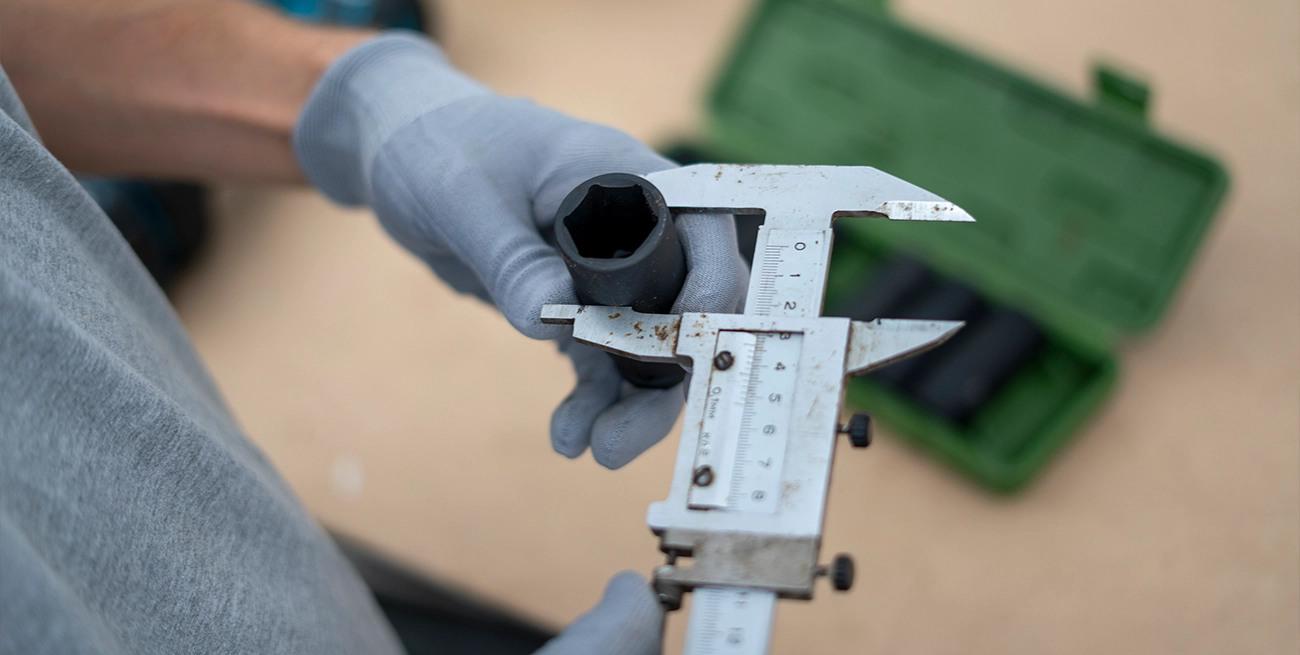How Regular Calibration Enhances Tool Accuracy and Safety

Calibration is one of those routine tasks that often gets sidelined—until something fails. When precision tools start producing inconsistent results or safety checks miss tolerances, the consequences can include wasted materials, rework, downtime, or worse. Getting ahead of those issues starts with scheduled calibration, not reactive troubleshooting.
Why Calibration Should Be Scheduled, Not Optional
Over time, even high-grade tools drift from their original specs. Factors like vibration, heat cycles, wear, and even improper storage can alter how a tool performs. A torque wrench that used to click at 90 foot-pounds might suddenly break a fastener. A micrometer off by a fraction of a millimeter could throw an entire production run out of tolerance.
These shifts rarely happen all at once. Small deviations add up gradually, which is exactly why routine calibration matters. Periodic checks catch these shifts before they cause product defects or create safety hazards. Calibration also extends the service life of tools, especially when it’s paired with regular maintenance.
Tools That Demand Routine Calibration
Not every tool in a facility requires calibration, but the ones that influence measurements or critical tolerances should be on a schedule. Here’s where to start:
- Torque tools: Wrenches, drivers, and testers need periodic validation to prevent under- or over-tightening.
- Pressure gauges: Used in hydraulic and pneumatic systems, these can drift significantly with temperature changes and vibration.
- Micrometers and calipers: Precision measuring tools should be checked for wear and zeroing errors.
- Thermometers and IR guns: Variance in temperature readings can impact both safety and process accuracy.
- Multimeters and test equipment: Used for diagnostics and QA in electrical work—errors here can cause serious failures.
Establishing a Calibration Schedule That Works
Set intervals based on manufacturer recommendations, but adjust them based on how often a tool is used and the environment it’s exposed to. A torque wrench used on the floor daily should be checked more often than one sitting in a toolbox. Tools exposed to dust, extreme temperatures, or moisture may need more frequent checks regardless of usage.
Use labeling or digital tracking to manage schedules—either with a CMMS or a simple spreadsheet. Include the calibration date, the next due date, the standard used, and who performed the check. That record-keeping isn’t just good practice—it helps with audits and liability protection.
On-Site vs. Off-Site Calibration
Some facilities have the expertise and equipment to perform calibrations internally, especially for basic tools. Others rely on certified third-party labs. Whichever route you choose, make sure the standards used for calibration are traceable to national or international benchmarks.
Bringing calibration in-house offers flexibility and shorter turnaround, but it also requires a commitment to training, traceability, and quality control. Off-site services usually offer certificates and adhere to ISO standards, which might be necessary for industries with strict compliance requirements.
Common Calibration Pitfalls
- Skipping newly purchased tools: Even new tools can be out of spec or damaged during shipping. Always verify before use.
- Over-relying on visual inspections: A tool that looks fine may still be producing inaccurate readings.
- Failing to segregate tools: Clearly separate calibrated tools from uncalibrated or expired ones to prevent mix-ups.
- Ignoring environmental influence: Calibrating tools in one environment and using them in another can throw off accuracy.
Documentation That Actually Helps
Calibration records are more than a formality. They track tool history, detect failure trends, and help with process improvement. Include the tool ID, test results, deviation (if any), adjustments made, and next due date. Consistent documentation also supports warranty claims and compliance audits.
When to Decommission a Tool
If a tool can’t hold its calibration anymore or shows recurring deviation despite adjustment, it’s time to pull it from service. Pushing worn tools beyond their capability puts both accuracy and safety at risk. Better to retire it than gamble on the next task going smoothly.
Keeping the Schedule on Track
Assigning calibration tasks to specific team members and incorporating checks into daily or weekly routines keeps it from falling off the radar. QR codes or asset tags linked to a tool’s calibration history can make tracking easier. Some facilities even use lockout systems that disable tools once calibration expires—extra insurance against unintentional use.
Last Thought Before You Grab That Wrench
If you're counting on a tool to do precise work, make sure it’s been checked to deliver that precision. Calibration doesn’t just tighten tolerances; it protects people, processes, and bottom lines. Skipping it means guessing when accuracy matters most—and that’s a gamble few operations can afford.


